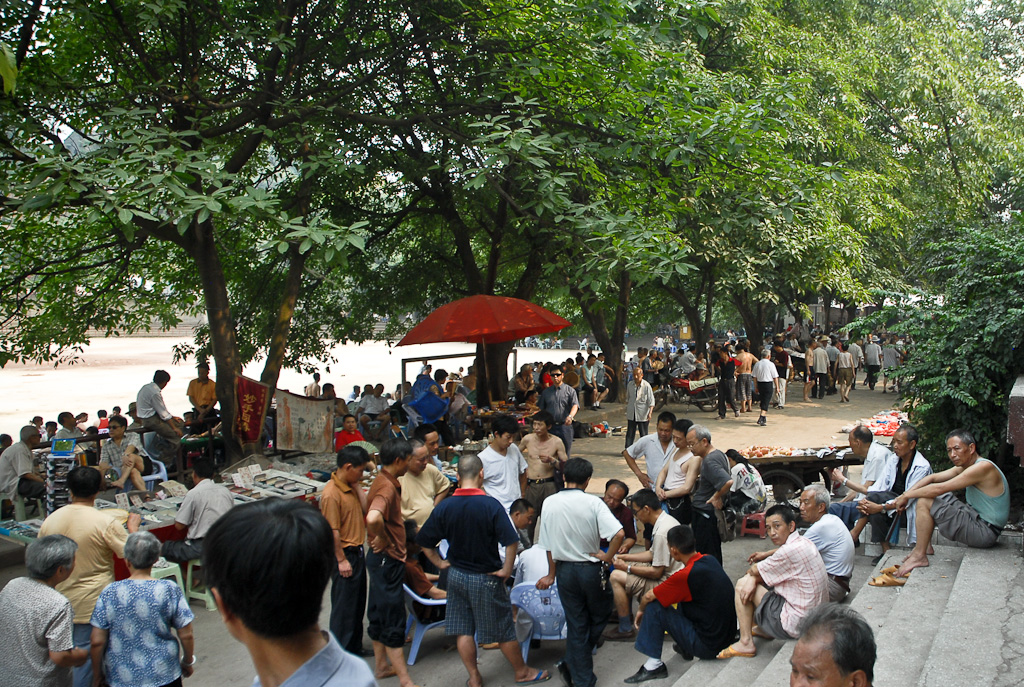Been thinking a lot about my relationship with strangers recently – triggered by a number of unrelated threads: the death of a pedestrian on Sunset Boulevard and the extensive shrine that has sprung up around the impact site – it includes a number of photos of the deceased that provide a face and context where there was none; watching Lightroom reveal a year in my life as it rapidly spins through tens of thousands of thumbnails that are in the process of being renamed – a personalised blipvert if you like; the media practice of having pre-written obituaries of ‘known’ people on file and regularly updated – so that when their final breath has passed it can be rapidly published; and having the tools to pull on and (if desirable) be immersed in all of this data in close to real time and/or the right time. In what context might the future perfect hit and run will allow the driver to pull up their own blipvert of the deceased as they are driving away from the scene? In the same way that the the vehicle ‘glove compartment’ has long since moved on from storing gloves; the ‘rear view mirror’ may find it’s life extended by becoming a display for viewing the histories of peoples pasts – a reflection of the past?
In a everything-connected world there aren’t any strangers – just people you haven’t yet googled. When the tools to keep data persistent and queryable have evolved to the point where they are mainstream the ability to make explicit connections where there were none also goes mainstream. The relevance of of those chance encounters whether they be a 30 minutes or 30 years ago will become that much clearer, the significance of a chance encounter with a stranger that much more apparent. I’m prone to using significant other and familiar strangers – it may be time to introduce the significant stranger in our vocabulary.
Related links: the future perfect obituary thread; the Google/Facebook/… Auto-Obituary Service; Eric Paulos and Elizabeth Goodman paper The Familiar Stranger: Anxiety, Comfort, and Play in Public Places.
